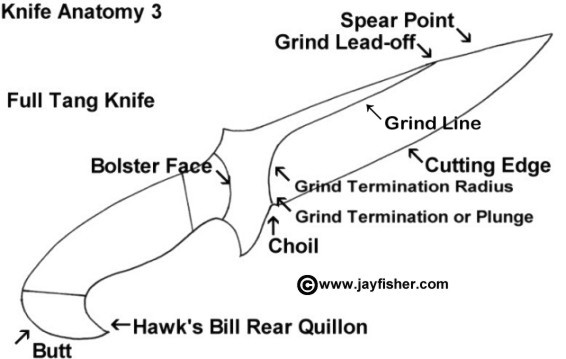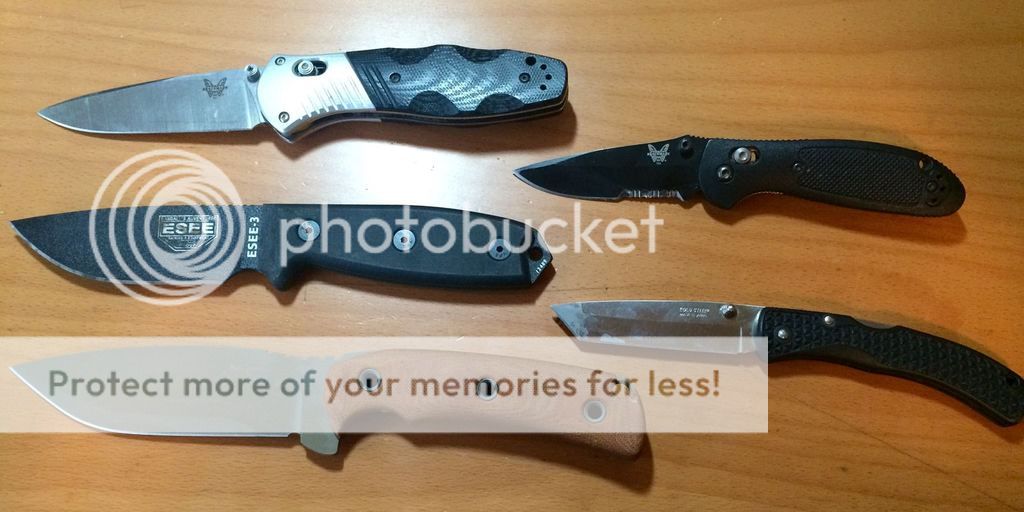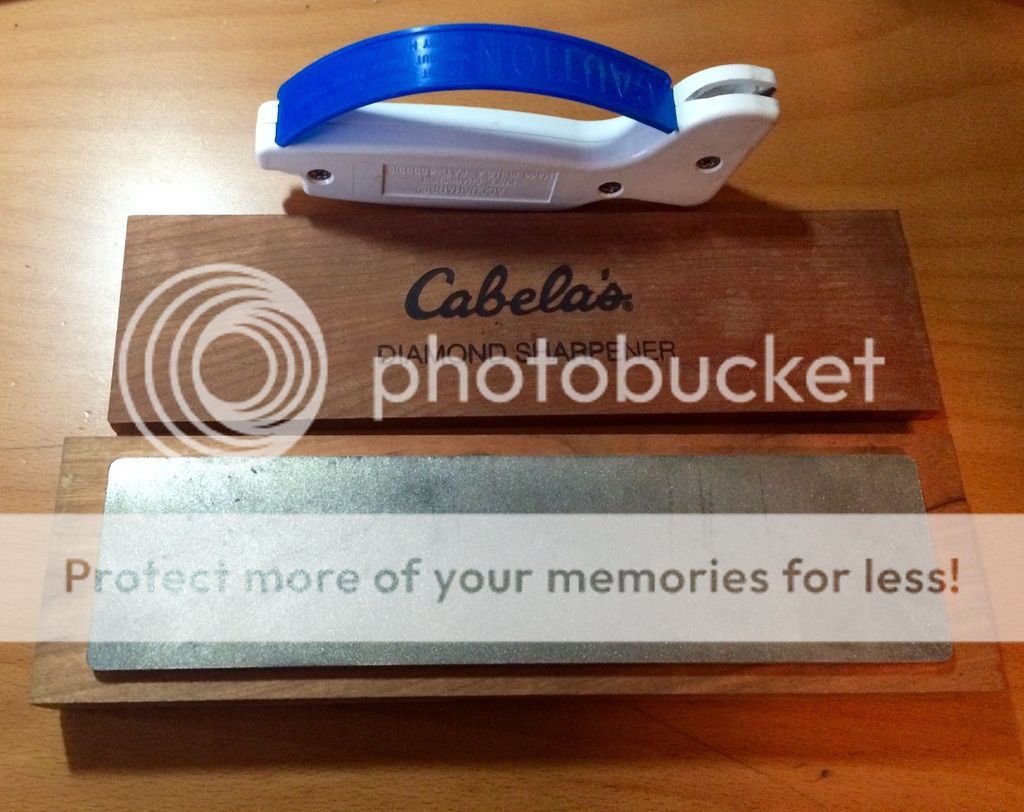Barbarian and I discussed starting this thread, and I'm holding him to helping me spread a little knowledge.
This is going to be a work in progress for a bit, there is a lot that goes into sharpening properly:
Before you even start to sharpen you need this information:
You have the information, now you need the tools:
More to follow.
ETA: Just a note to all - any input, questions, different technique, tools, or ideas are welcome. Barbarian and I are facilitators in this, but it's for everybody.
This is going to be a work in progress for a bit, there is a lot that goes into sharpening properly:
Before you even start to sharpen you need this information:
- What material is the Blade?
- What is the Grain size of the material?
- What is the hardness of the material to be edged, and conversely, of the cutting medium?
- What will the edge be used for?
- What shape is the edge of the knife in? - this could be from raw shaped to overused and rounded off or anything in between.
- What is the desired final edge geometry?
You have the information, now you need the tools:
- Good initial sharpening medium which may have to start with files.
- Good secondary sharpening medium- usually natural or manufactured stones.
- A good lifting medium - it keeps the slurry suspended and keeps the stones cutting - people use everything from spit to simple green to honing oil to food grade mineral oil - some even say dry sharpening is the way to go - I was taught with lifting media as the key.
- Good tertiary sharpening (honing) medium. - we will definitely hit this later - it may be your secondary media.
- Good final sharpening (stropping or polishing) media. (we'll discuss this later too)
- A magnifying device of a minimum 8 power, a magnifying glass or jeweler's loupe works best, and I have 8x, 10x, 15x
- Good lighting.
- A solid, very solid, work surface with a cover/pad that will keep blades from getting 'dinged' or 'nicked'.
- Lots of rags.
- No fear of failure, you will fail, miserably, many times before you hit your stride.
- Practice, practice, practice.
More to follow.
ETA: Just a note to all - any input, questions, different technique, tools, or ideas are welcome. Barbarian and I are facilitators in this, but it's for everybody.
Last edited:







